In the event of a nuclear attack, knowing what to expect can significantly increase your chances of survival. This article outlines 24 key things you should anticipate during such an event. Being prepared for each stage of a nuclear attack can help you make life-saving decisions swiftly and effectively.
Obviously, we all hope we’ll never experience anything as horrendous as a nuclear attack, but it’s better to be well-prepared and not need to take action than to be forced to take action and not know how to stay safe.
1. Immediate Blackout

During a nuclear attack, one of the first things you might notice is an immediate blackout. The blast can cause electrical grids to fail. Power lines, transformers, and substations might be destroyed.
Without power, homes and businesses will lose electricity. This means no lights, refrigerators, or heating systems will work. Communication systems like phone lines and the internet may also go down, making it hard to contact anyone outside.
2. Loud sirens and alarms
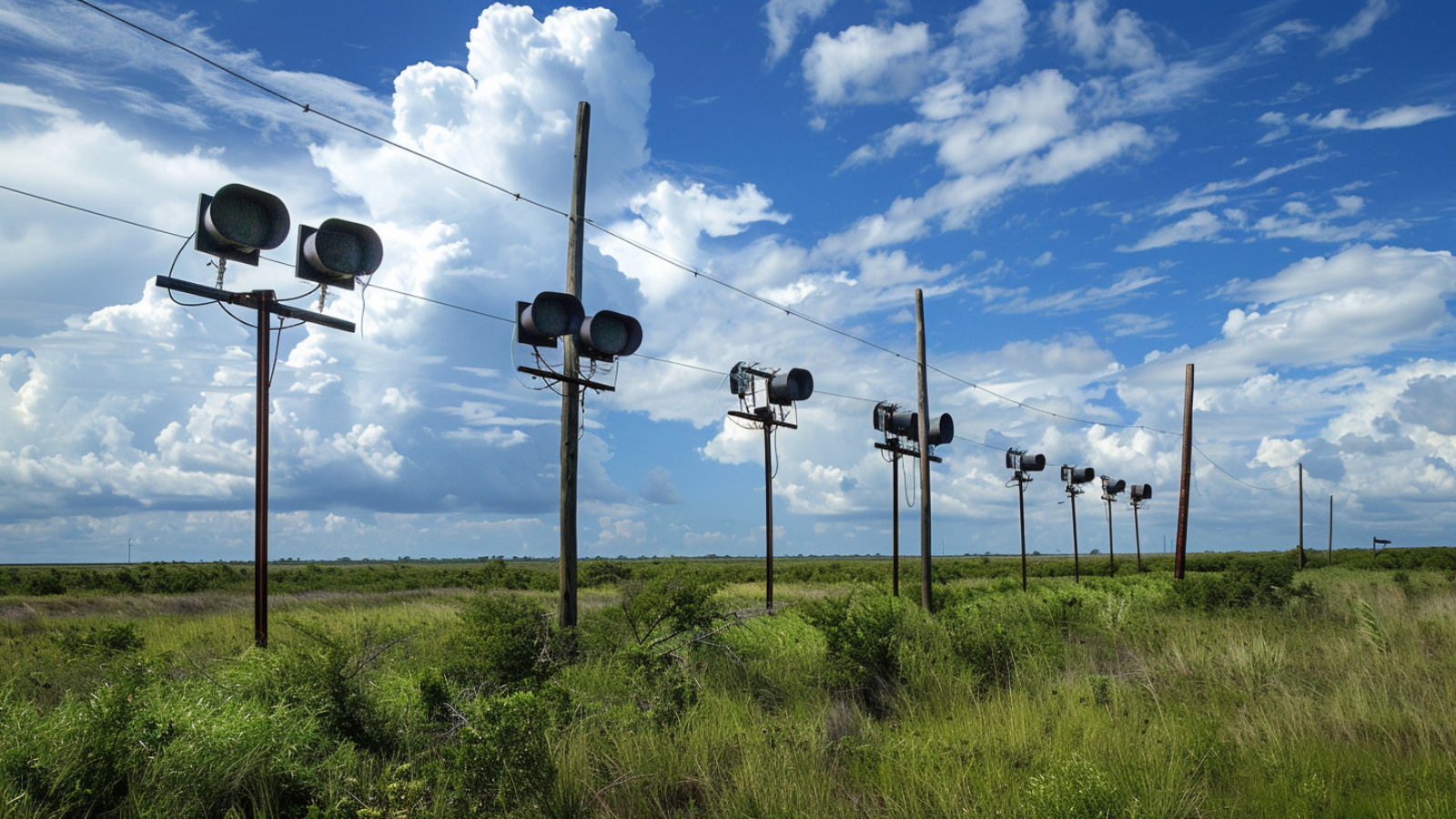
In the event of a nuclear attack, you will hear loud sirens and alarms. These sirens are designed to alert people of the imminent danger. The sound is strong enough to wake you up if you’re sleeping. Sirens are mounted on metal poles, often placed about 10 feet higher than the surrounding structures.
These sirens are regulated by agencies like the Federal Emergency Management Agency (FEMA) and the Nuclear Regulatory Commission (NRC) to ensure they are loud enough to be heard over background noise. They signal that it’s time to take immediate shelter indoors.
The noise can be startling, but it’s crucial for your safety. The sirens are part of public alerting systems that help people respond quickly in emergencies. Make sure you have a plan for what actions you will take when you hear these alarms.
3. Emergency broadcasts
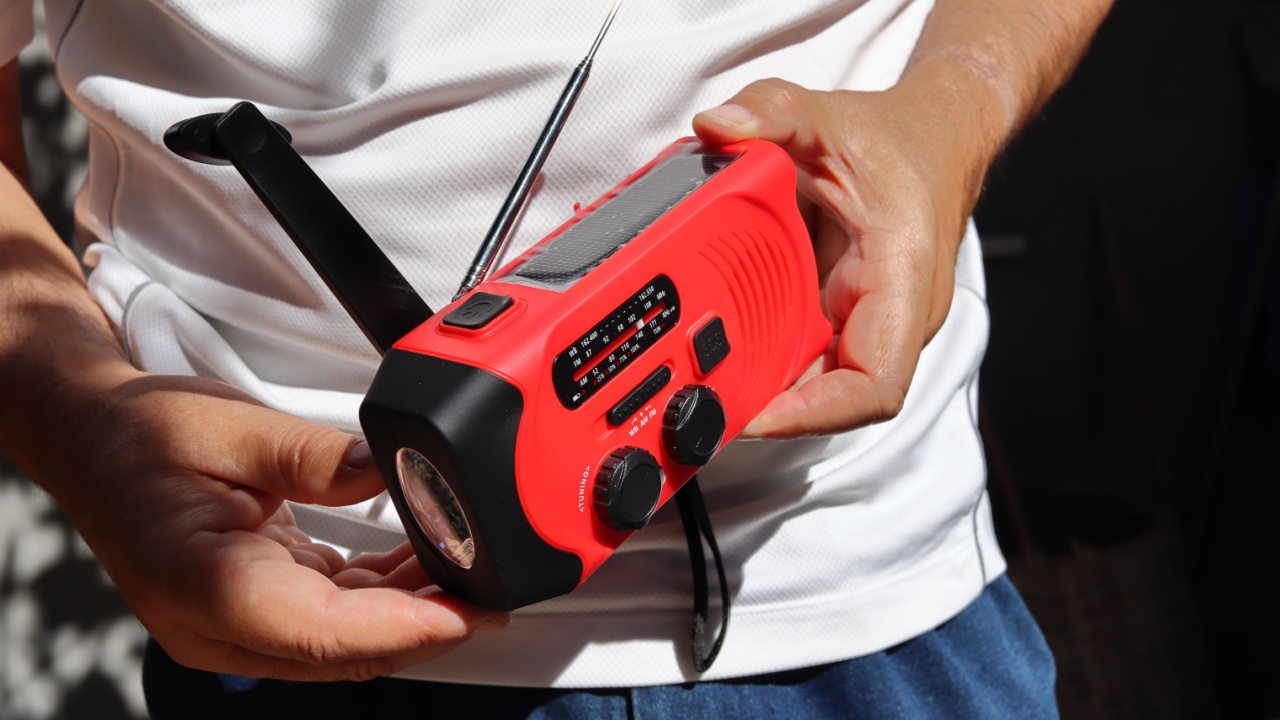
During a nuclear attack, you’ll need to rely on emergency broadcasts for critical information. These broadcasts are essential for your safety.
The Emergency Alert System will provide updates on the situation. You’ll hear instructions on where to go, what to do, and when it’s safe to leave your shelter.
Make sure you have a battery-powered or hand-crank radio. This ensures you receive broadcasts even if the power goes out. Plan to stay inside until officials tell you it’s safe.
Stay informed to stay safe.
4. Radiation Exposure Warnings
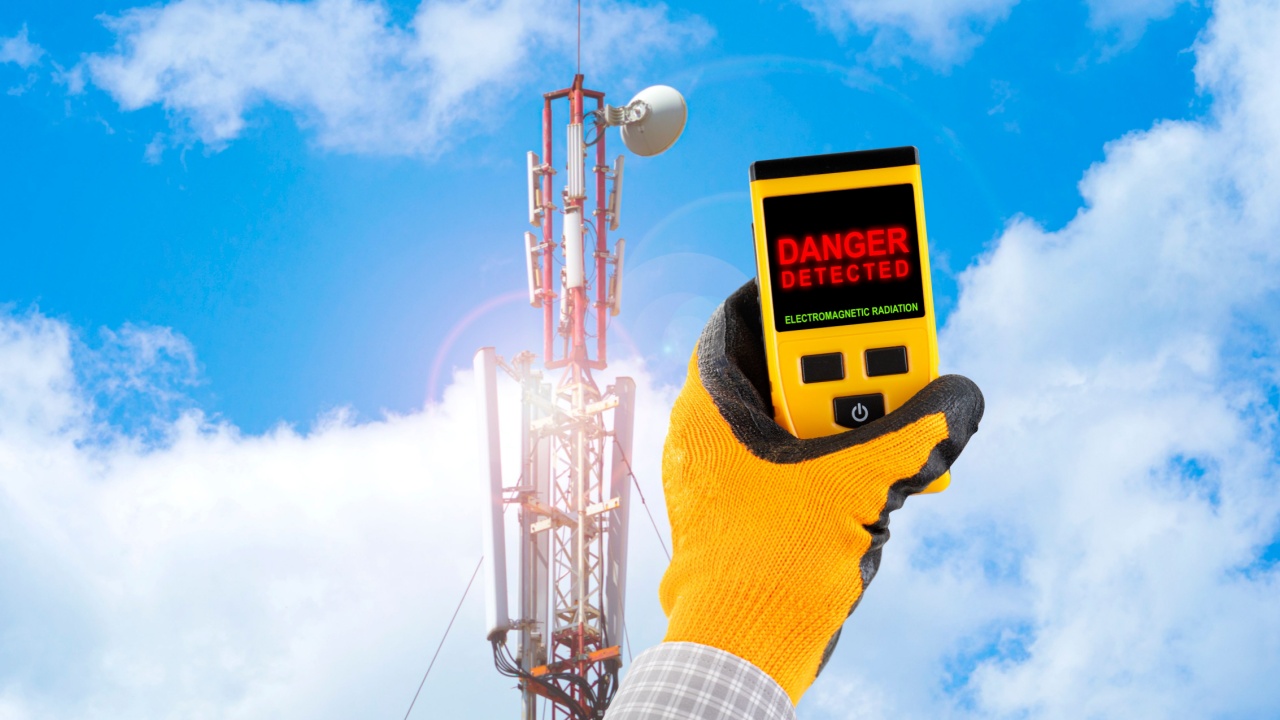
Radiation from a nuclear blast causes severe health risks. It can lead to burns, radiation sickness, and even increased cancer risk.
If you see a bright flash or feel intense heat, seek immediate shelter. Staying inside can greatly reduce your exposure to dangerous radiation.
After seeking shelter, listen to emergency broadcasts for updates and instructions. Follow advice on how to decontaminate yourself and your belongings to stay safe.
For more information on radiation and safety precautions, visit the CDC’s radiation emergencies page.
5. Evacuation orders
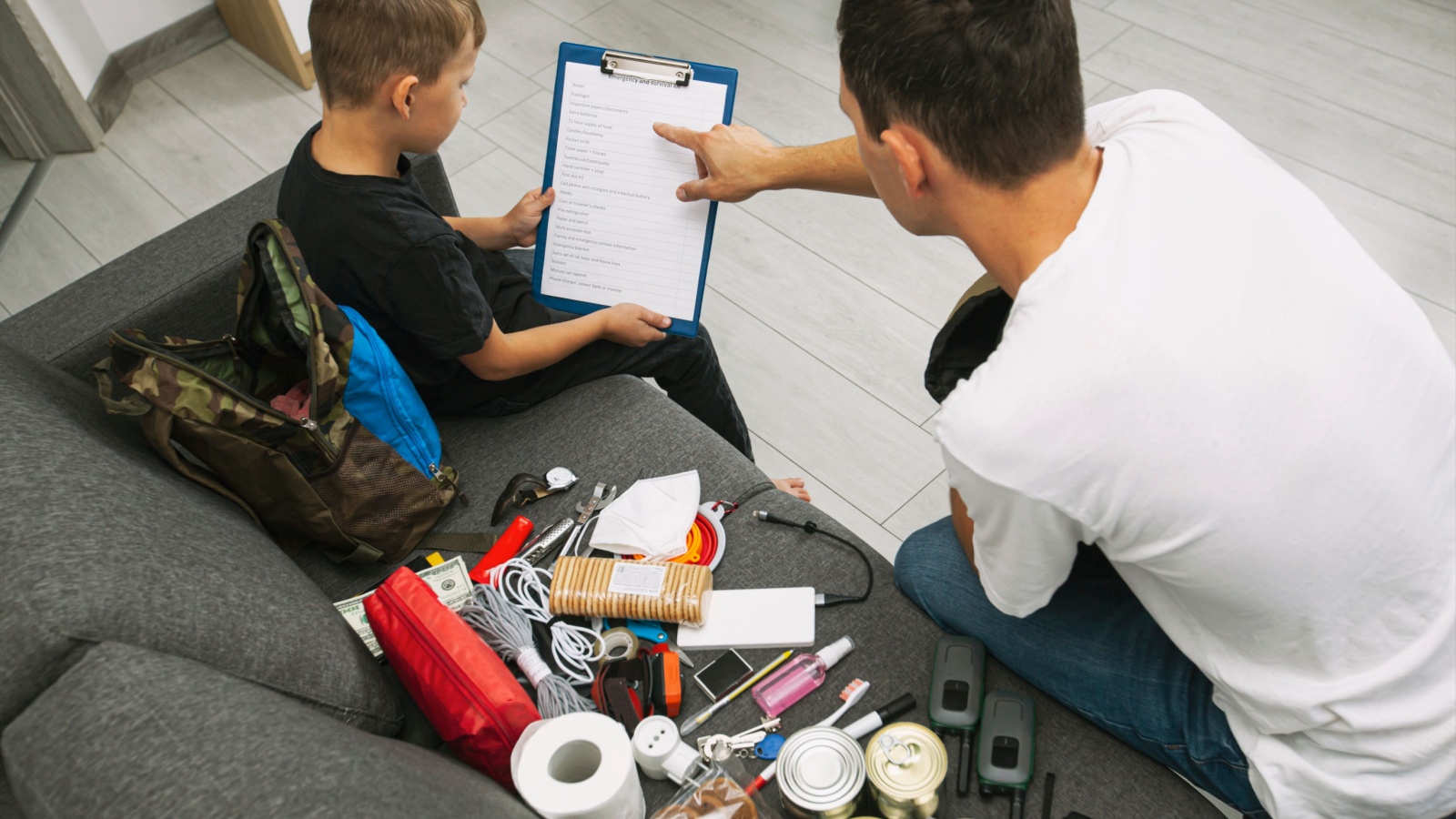
When a nuclear attack is imminent, authorities may issue evacuation orders. These are urgent calls to leave high-risk areas to protect yourself from the blast and radiation.
Pay close attention to these orders and follow them quickly. Officials will guide you to safer areas where you can find shelter and resources.
Always have an emergency kit ready. This should include water, food, maps, and important documents. Keep a battery-operated radio for updates.
6. Seek Shelter Advisory

When a nuclear attack occurs, seeking proper shelter is crucial. The best location is underground or in the middle of larger buildings. Shelters like basements or underground parking areas provide the most protection.
Identify shelters near your home, work, and school. While commuting, look for places to seek cover, such as subway stations or tunnels.
Stay inside for at least 24 hours after the blast unless told otherwise by authorities.
7. Government instructions
During a nuclear attack, the government will issue important instructions. Authorities may use systems like the Integrated Public Alert and Warning System (IPAWS) to communicate.
You might be told to stay indoors, take shelter, or evacuate. Following these instructions can significantly increase your chances of survival. Don’t wait for confirmation; act immediately when alerts are issued.
8. Communication blackout
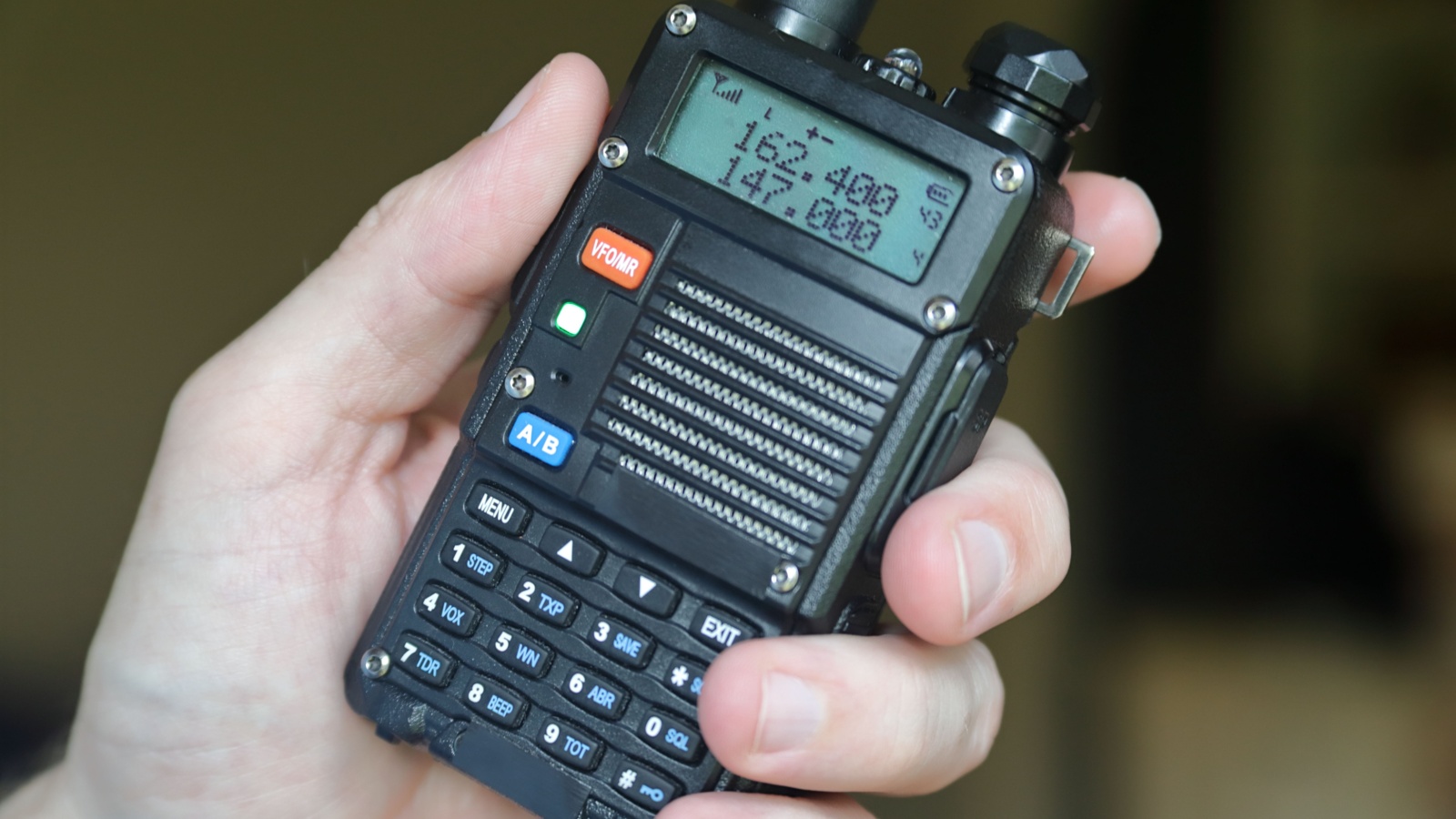
After a nuclear attack, you can expect a communication blackout. The explosion and resulting electromagnetic pulse (EMP) can knock out power grids and damage electronic devices. Radios, televisions, and internet connections may become useless.
Without reliable communication channels, it will be harder to get news and instructions. Local authorities may struggle to relay information effectively. You might have to depend on battery-powered radios to stay informed.
9. Power Grid Failure
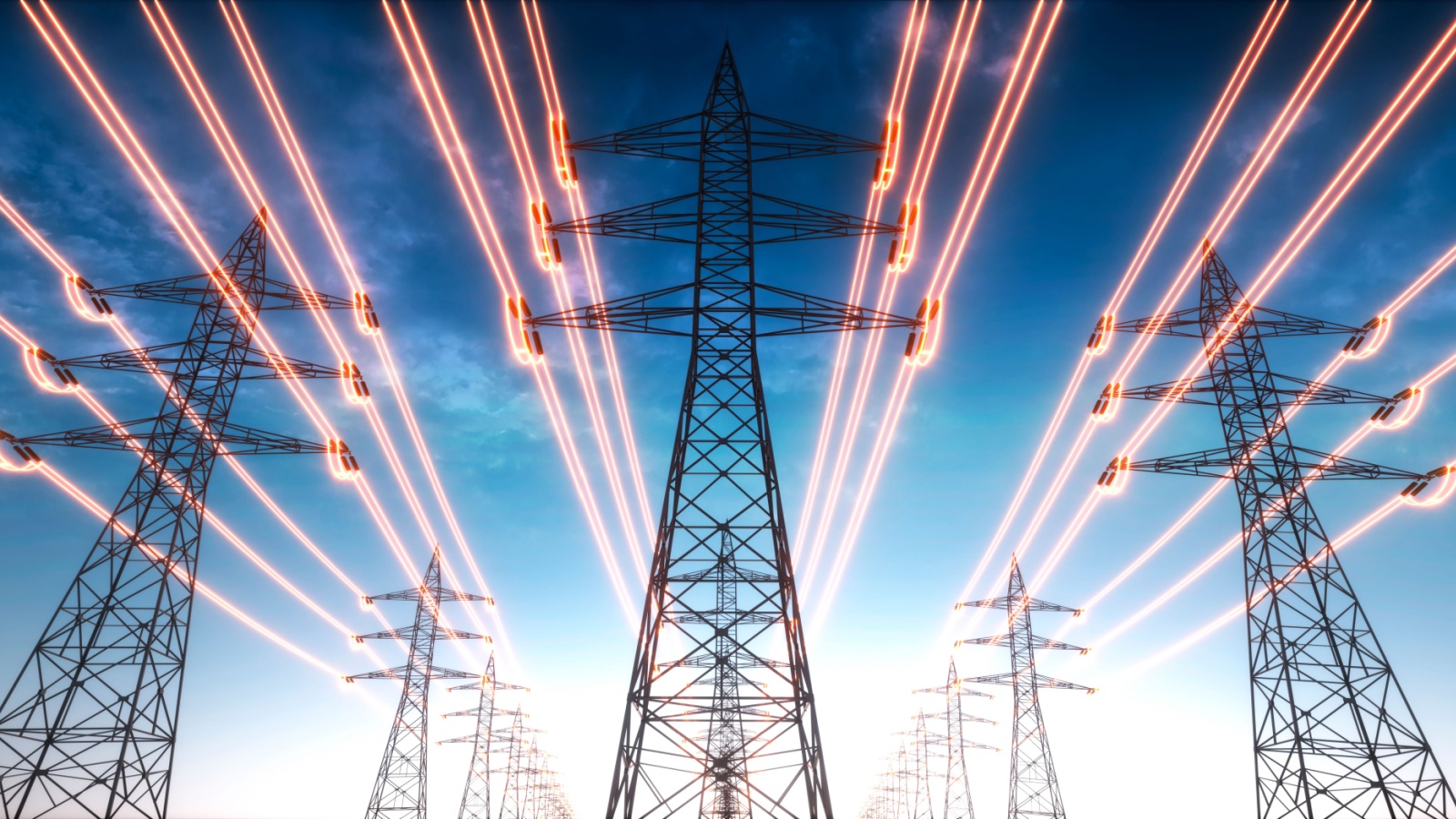
A nuclear explosion can lead to a massive power grid failure. During a test in 1962 known as Starfish Prime, an electromagnetic pulse (EMP) was generated that affected power lines more than 1,000 miles away.
When an EMP hits, it can damage transformers and other electrical components. An expert quoted in POWER Magazine said that if a severe pulse event occurs, it may affect the entire U.S. Power Grid.
There are debates about how bad the impact would be. Some studies suggest the grid might handle an EMP better than expected. However, it’s crucial to be ready for potential outages that could last a long time.
10. Contamination of water
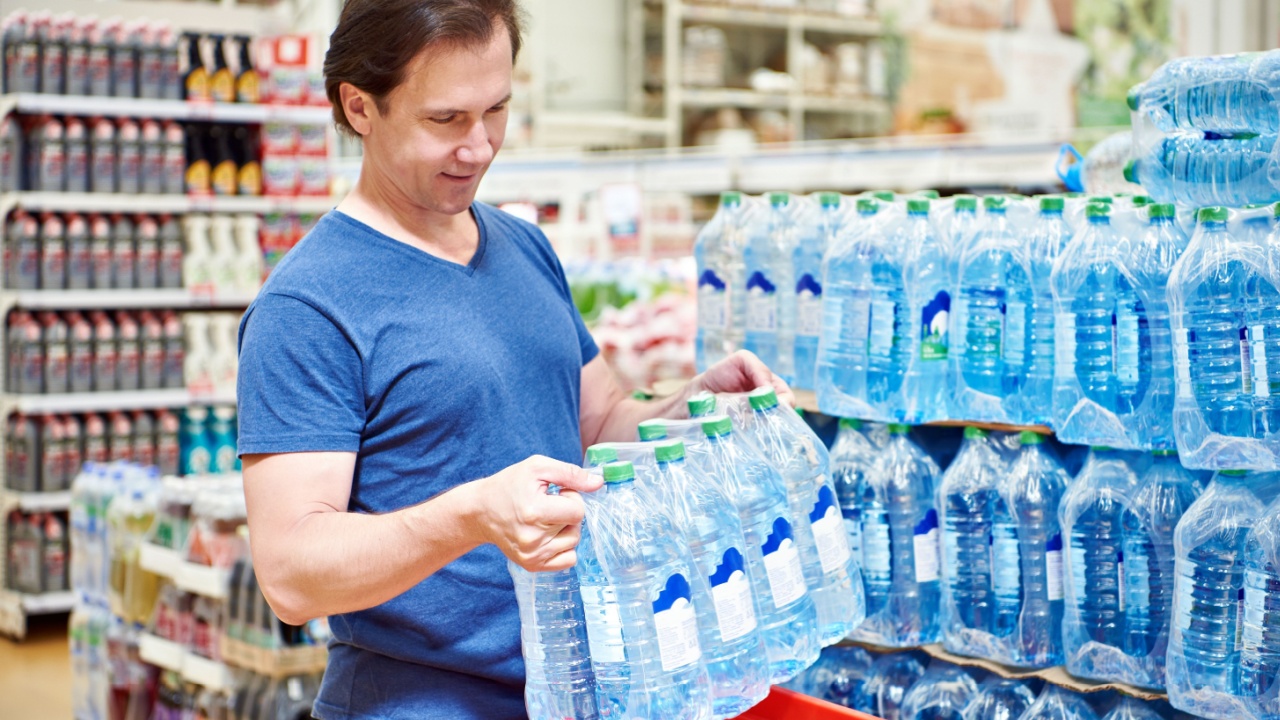
During a nuclear attack, water sources can become heavily contaminated. Radioactive particles can settle in lakes, rivers, and reservoirs. This makes the water unsafe to drink or use.
You should avoid drinking water that hasn’t been tested or treated. Use stored and sealed bottled water whenever possible.
11. Food supply concerns

In a nuclear attack, your food supply can become a major concern. Foods in sealed containers, like cans and jars, may still be safe to eat. Make sure they are stored in a safe, undamaged place.
Items in your freezer or refrigerator could also remain safe if they are unspoiled. Bottled drinks and sealed beverages are the best options. Water from your water heater or toilet tank can be safe if needed.
Long-term storage foods such as dried beans, rice, and pasta are valuable. They have long shelf lives and don’t require refrigeration. Remember to focus on low-sodium options if you have medical conditions like hypertension, as high-sodium foods can be harmful.
Storing diverse food items ensures you have balanced nutrition. You will need to maintain hydration and nutrition to keep your strength up during an emergency. Avoid consuming contaminated food, as it can pose severe health risks.
12. Civil Unrest
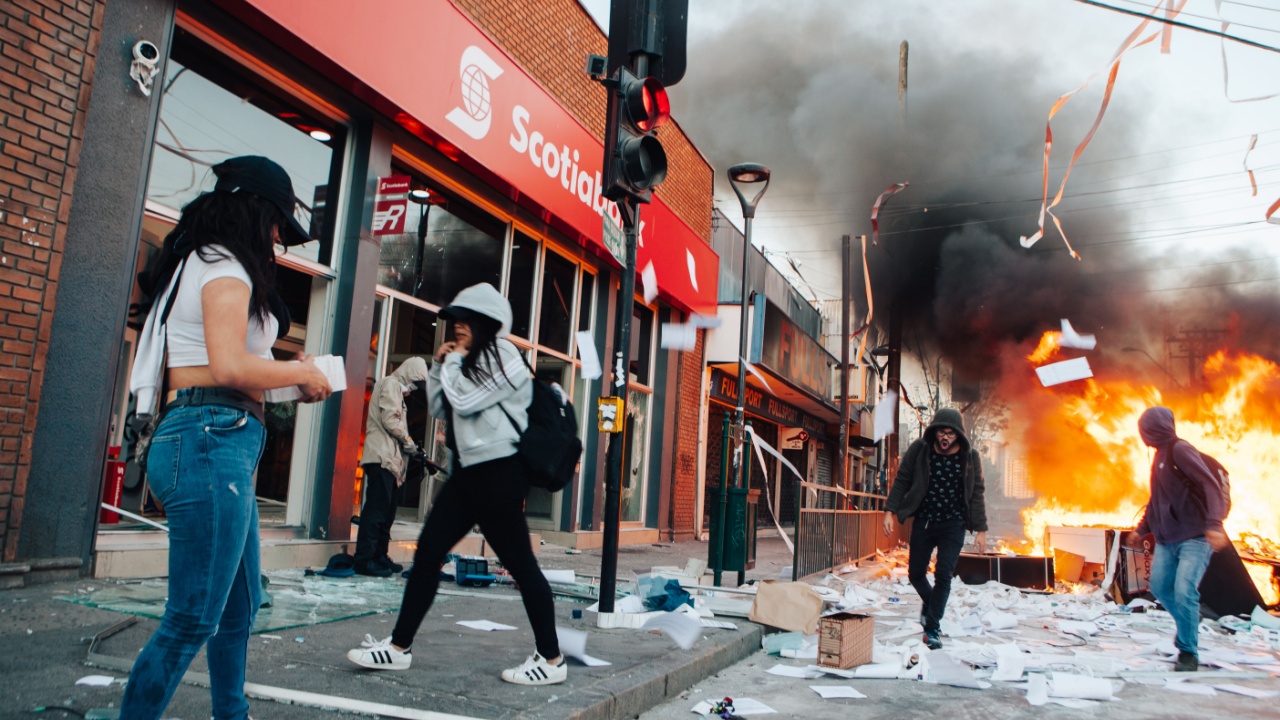
During a nuclear attack, civil unrest is likely to occur. People will be scared and desperate. Basic supplies like food and water will become scarce quickly.
You may see an increase in theft and violence. Stores could be looted. Public services like police and hospitals may be overwhelmed or not functioning at all.
It’s important to stay alert and protect yourself and your family. Shelter in a safe place and avoid large crowds.
13. Medical emergency response
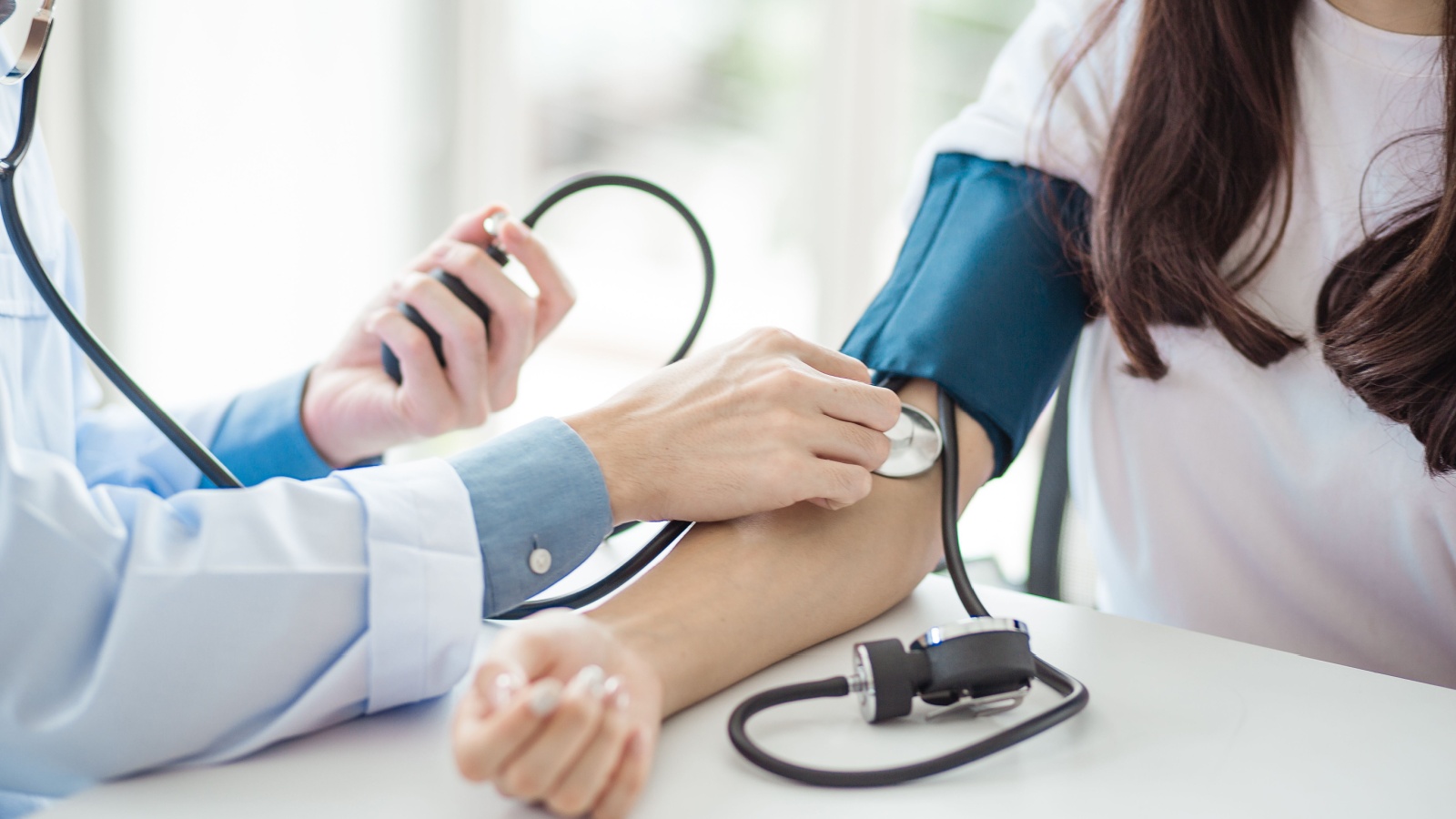
During a nuclear attack, getting medical help is crucial. You might face injuries from the blast or exposure to radiation. It’s important to know that radiation levels are highest in the first 72 hours.
Stay indoors to reduce your exposure. Authorities will guide you on when it’s safe to come out. Medical professionals will be available to treat radiation sickness using treatments advised by the IAEA.
14. Use of Fallout Shelters
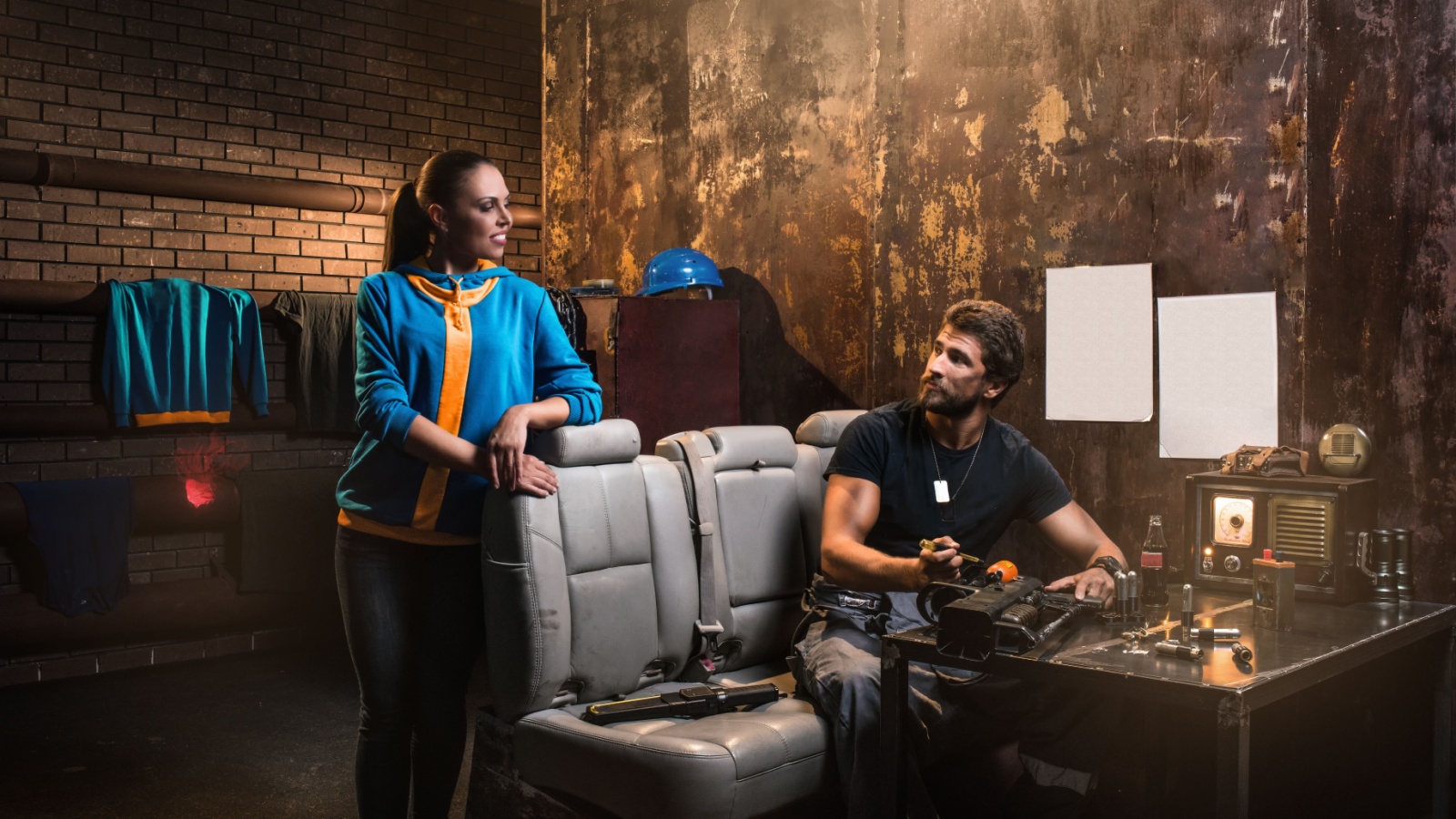
Fallout shelters are designed to protect you from radiation after a nuclear attack. They need thick walls, like concrete or lead, to block harmful rays.
You should stay inside for at least two weeks. This is when radiation levels are the highest.
Bring supplies such as food, water, first aid kits, and sanitation products to last the entire period..
15. Radiation Sickness Symptoms

Radiation sickness, also known as Acute Radiation Syndrome (ARS), happens after high radiation exposure.
Early symptoms include nausea and vomiting, which can start within minutes to days. The speed of these symptoms can indicate the amount of radiation absorbed.
Other early signs are fatigue, hair loss, and diarrhea. Skin changes like redness, itching, or burns can happen too.
For more details, check the Mayo Clinic’s page on radiation sickness and the CDC’s page on acute radiation syndrome.
16. Distribution of iodine tablets
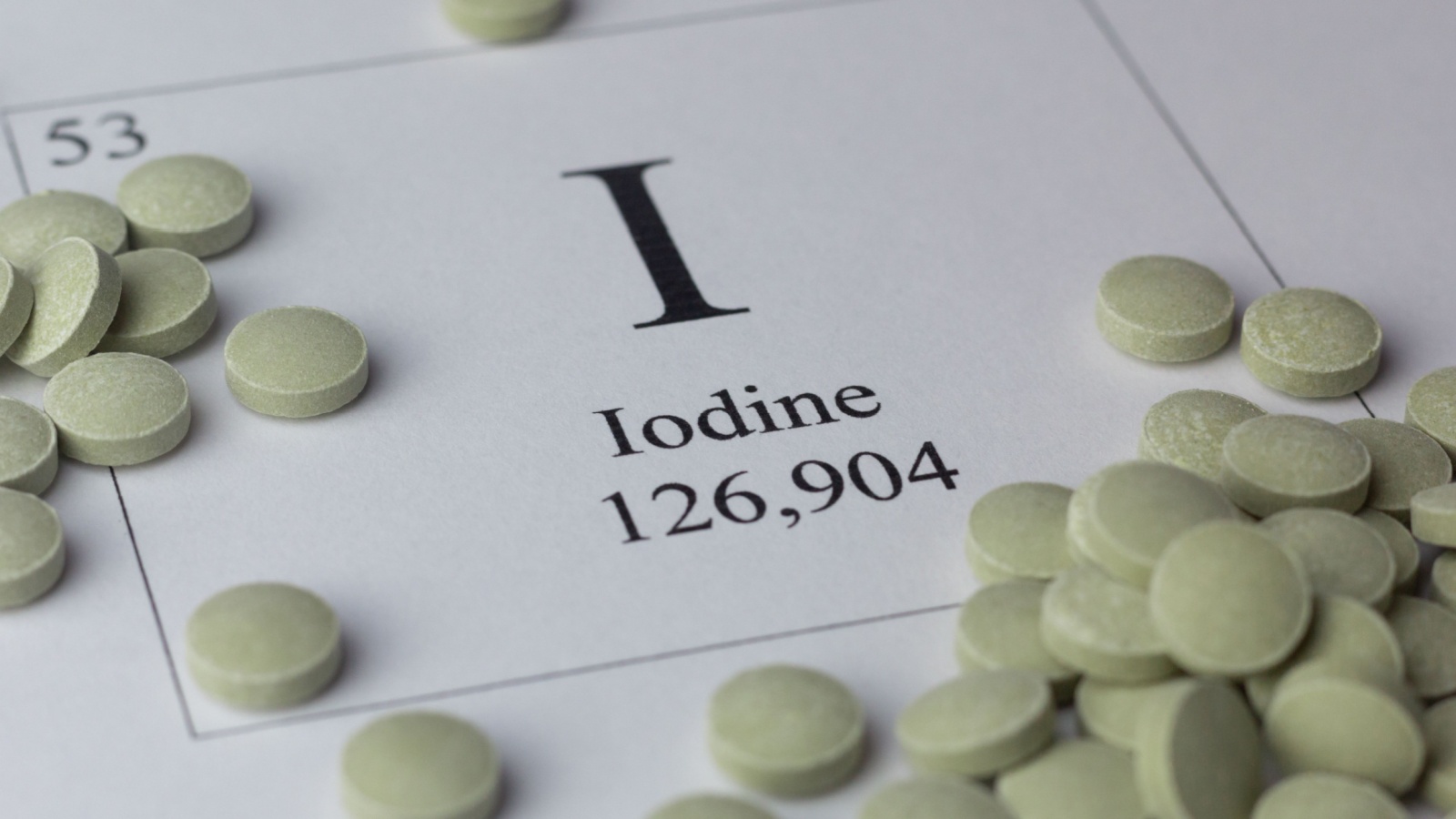
In the event of a nuclear attack, iodine tablets will be distributed to protect your thyroid from radioactive iodine. Potassium iodide (KI) is the main ingredient in these tablets.
You need to take the right dose at the right time for the tablets to work. Emergency responders and public health officials will give instructions on when and how to take the tablets.
Tablets are often handed out at designated centers such as schools or community centers. It is important to follow public announcements and guidelines closely. The goal is to reduce your risk of thyroid problems by blocking the absorption of radioactive iodine.
17. First Responder Protocols
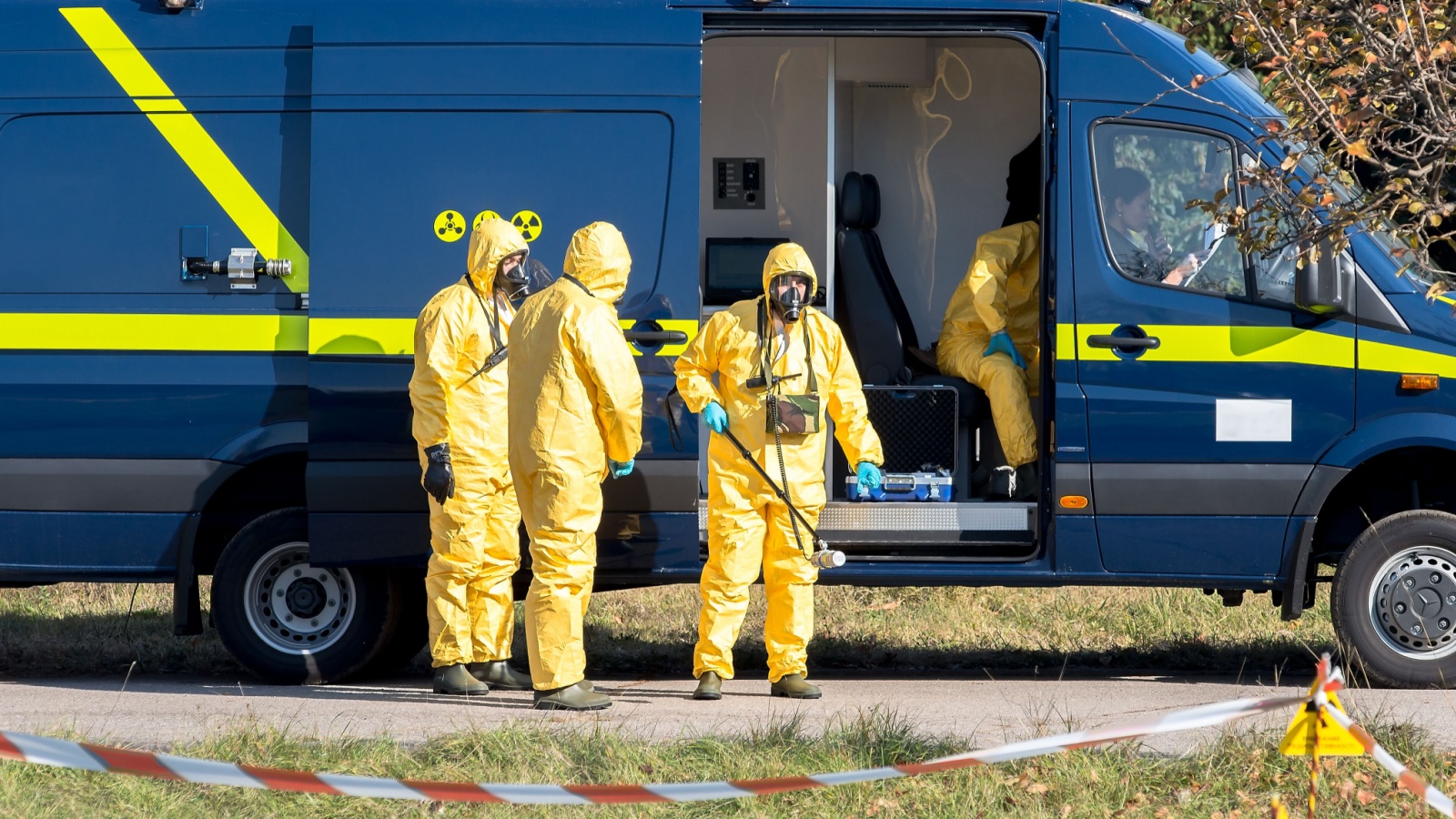
First responders follow strict protocols during a nuclear attack. They have special training to handle the situation safely. Their first priority is saving lives and reducing harm.
Responders wear protective gear to avoid contamination. They use devices to measure radiation levels. Communication is key. They quickly set up command centers to coordinate efforts.
You might see them directing people to safe zones. They focus on rescuing the injured and preventing further exposure. Their main goal is keeping everyone as safe as possible.
18. Public Safety Announcements

During a nuclear attack, public safety announcements are crucial. These messages provide you with important information and instructions to stay safe.
For example, New York City released a public service announcement instructing residents on steps to take if a nuclear event occurs. You might hear similar messages on the radio, TV, or even on social media.
The announcements often emphasize quick actions like getting inside a building, staying away from windows, and removing contaminated clothes. Brick and concrete buildings offer better protection from radiation. Always follow these official guidelines closely to maximize your safety.
19. Identification of Safe Zones
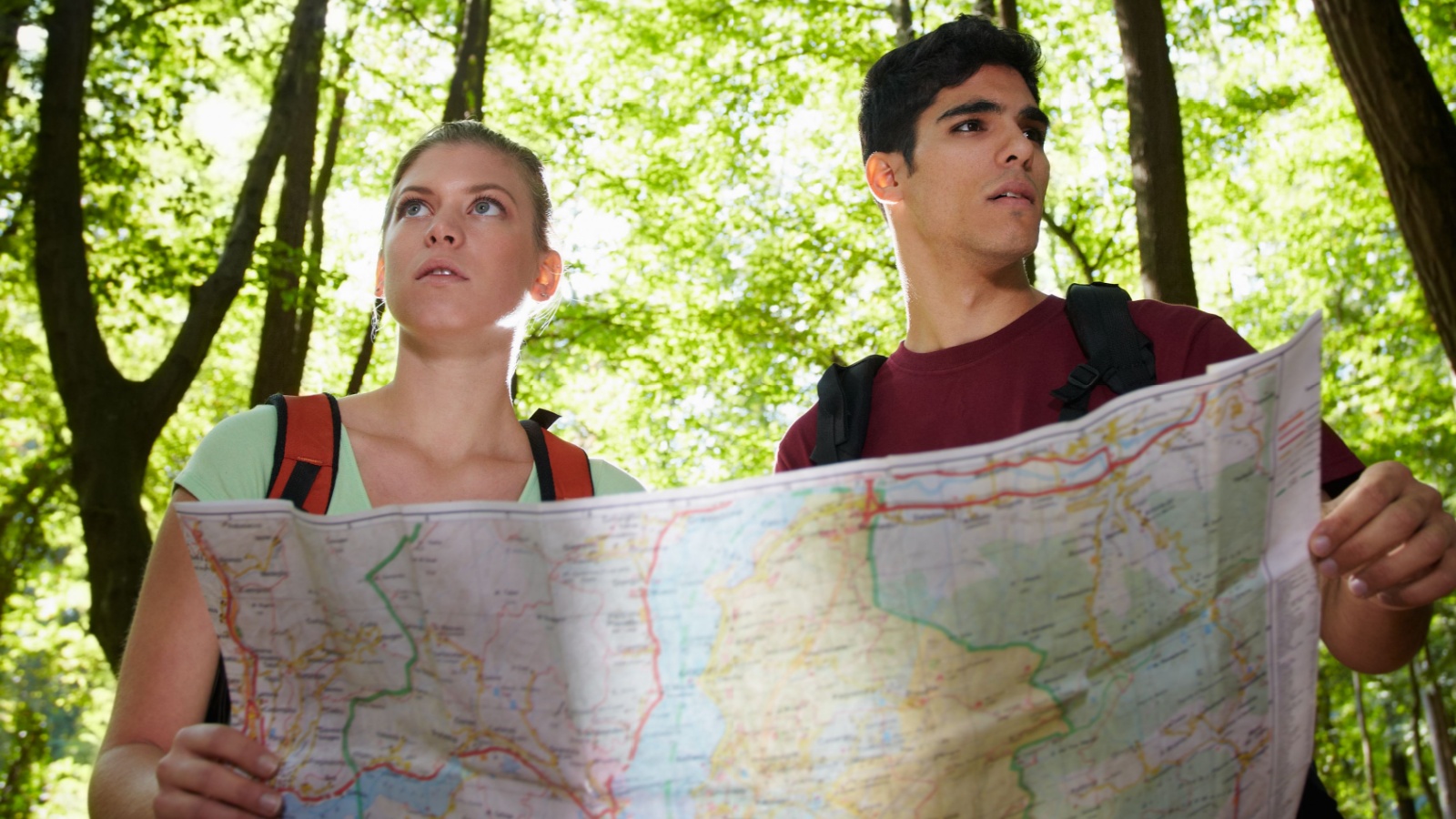
During a nuclear attack, safe zones are crucial. These areas are far from strategic military sites and major urban centers. Distance from military bases and important facilities can reduce the risk.
Look for areas outside the potential blast and fallout zones. For instance, regions far from red zones on nuclear target maps can be safer. Use maps to help identify these zones.
Natural barriers, like mountains, may offer protection from fallout. Stay informed and prepared. Seek remote areas with minimal population and strategic importance to increase your chances of safety.
20. Closure of public transportation
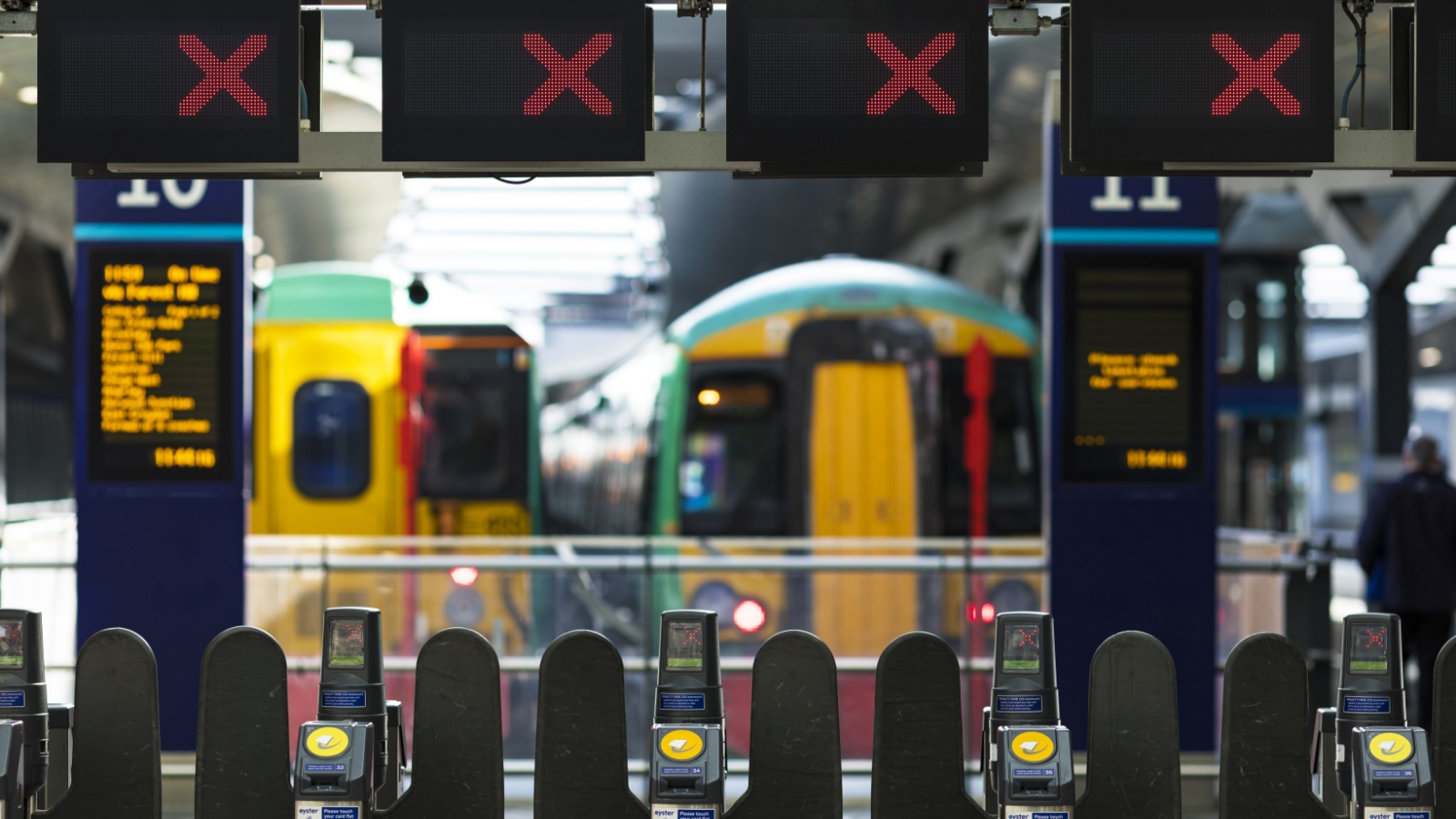
During a nuclear attack, public transportation systems will likely shut down immediately.
Buses, trains, and subways might stop operating to prevent people from traveling through dangerous areas.
This also helps to reduce the chaos on the streets and allows emergency services to operate more effectively.
Transit authorities will focus on keeping people safe and maintaining control. This means you’ll need to rely on other means of transportation or shelter in place.
Stay informed through emergency broadcasts.
21. Major City Lockdowns
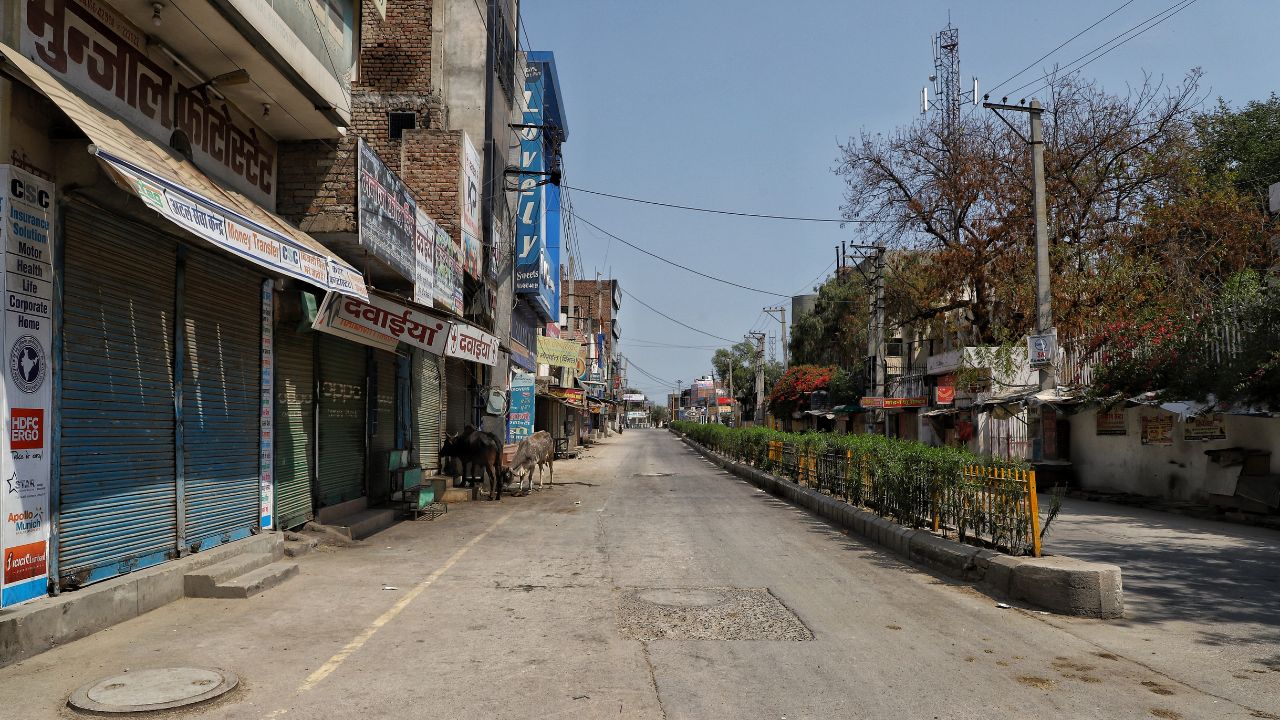
During a nuclear event, major cities are often put under strict lockdowns to control chaos. Authorities may block roads and highways to prevent people from fleeing in a panic. These measures aim to keep order and assist emergency services.
Public transport can be halted to stop mass exodus and keep streets clear for emergency vehicles. Shelters may be set up rapidly in schools, community centers, and government buildings for those who can’t evacuate.
Police and military forces take control of key areas to maintain safety and assist in evacuation processes. Supermarkets, gas stations, and pharmacies may face rationing rules to prevent hoarding and ensure essentials are available for everyone.
Staying indoors is crucial to avoid radiation exposure. Windows should be shut, and vents sealed to keep radioactive particles out. It’s vital to stay tuned to emergency broadcasts for updates and instructions from authorities.
22. Military and police patrols
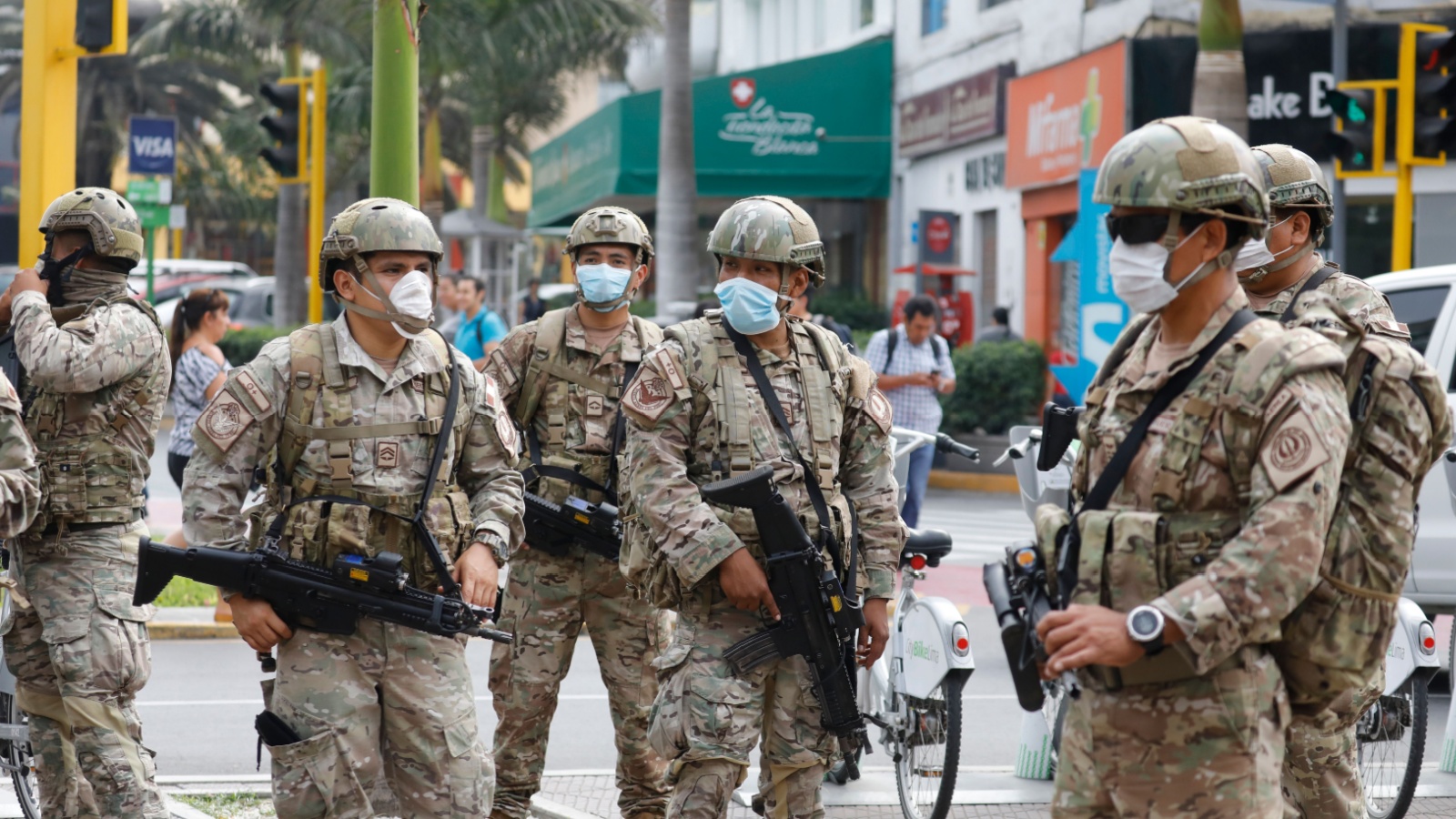
During a nuclear attack, you can expect to see military and police patrols. These patrols are there to keep order and provide security.
Military personnel often have better equipment and training to handle these situations. They can set up checkpoints, help with evacuations, and distribute supplies.
Police will also be patrolling to prevent looting and maintain law and order. Their main job is to keep the public safe and enforce curfews if needed.
23. Implementation of Curfews
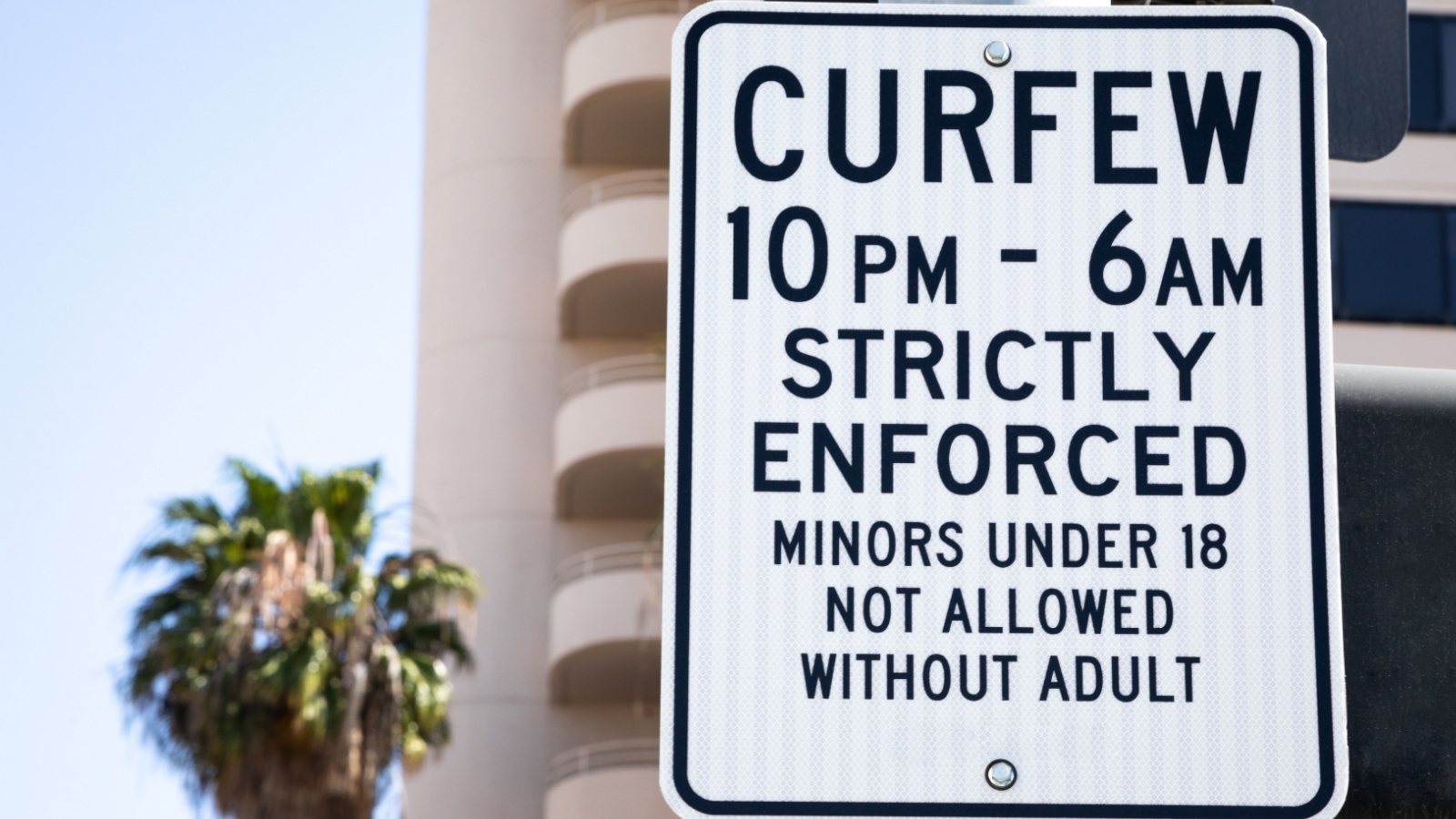
During a nuclear attack, curfews are often set by authorities to keep people safe. You can expect these curfews to restrict movement during certain hours, usually at night. Staying indoors helps you avoid exposure to radiation.
Curfews also prevent looting and maintain order. Law enforcement will patrol streets to enforce these rules. If you break a curfew, you might face fines or arrest.
24. Distribution of gas masks
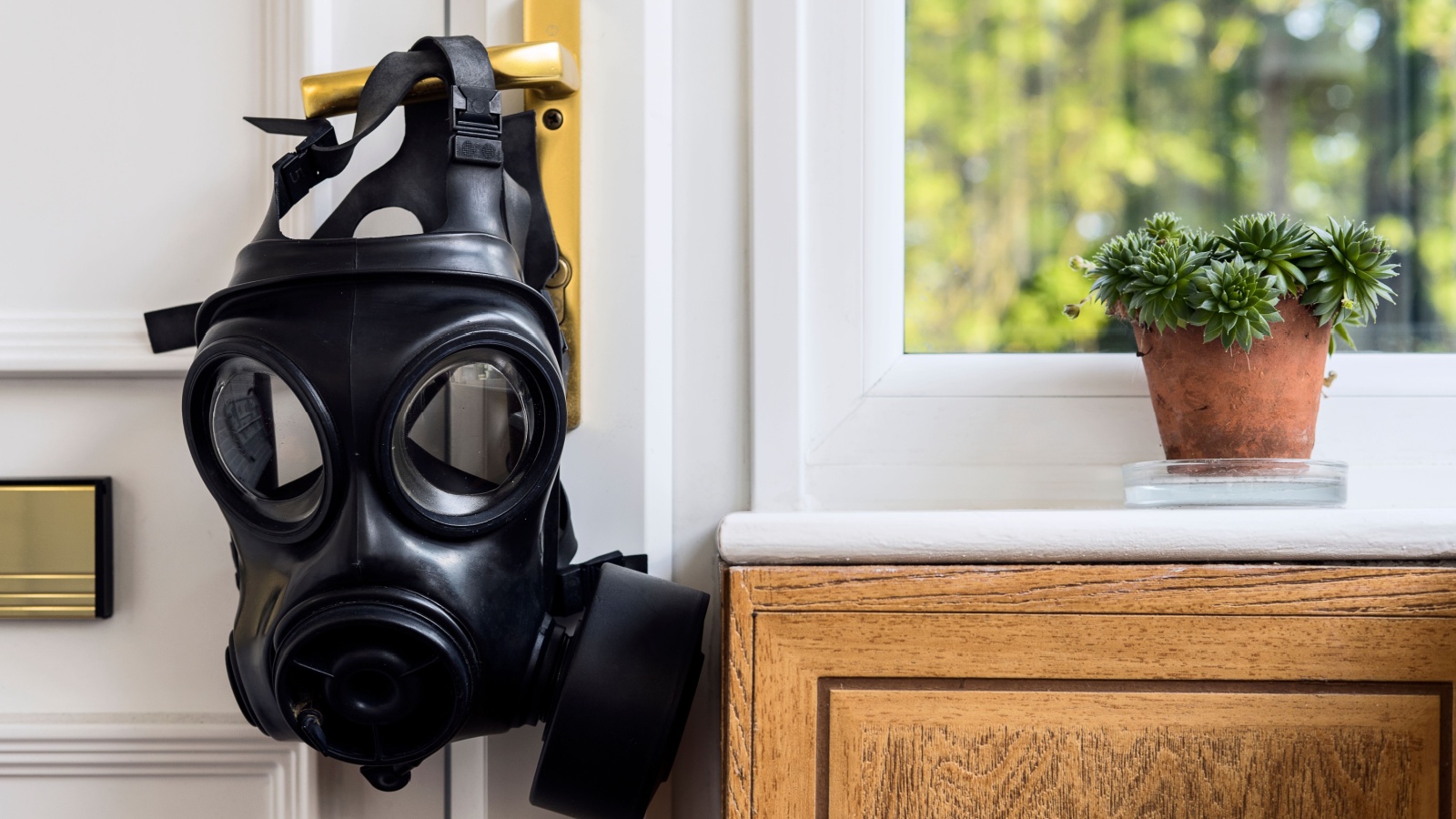
During a nuclear attack, local governments or military organizations may start distributing gas masks to the public. These masks are crucial for filtering out harmful radioactive particles from the air.
Expect to receive a mask directly from designated distribution points, like community centers or schools. You might also find gas masks in emergency shelters set up by the authorities.
For those who have prepared in advance, you can buy highly-rated models from brands like MIRA Safety and Avon Protection.
20 Crucial Supplies for Surviving a Societal Collapse

In the face of uncertainty, being well-prepared gives you at least some degree of control and security. The thought of a societal collapse, while extreme, prompts us to consider how we might endure without the conveniences of our current lifestyle. Here’s a list of 20 essential items that could prove indispensable in such a scenario. This guide isn’t about succumbing to fear but embracing preparedness and resilience.
14 Essential Canned Goods for Your Emergency Pantry
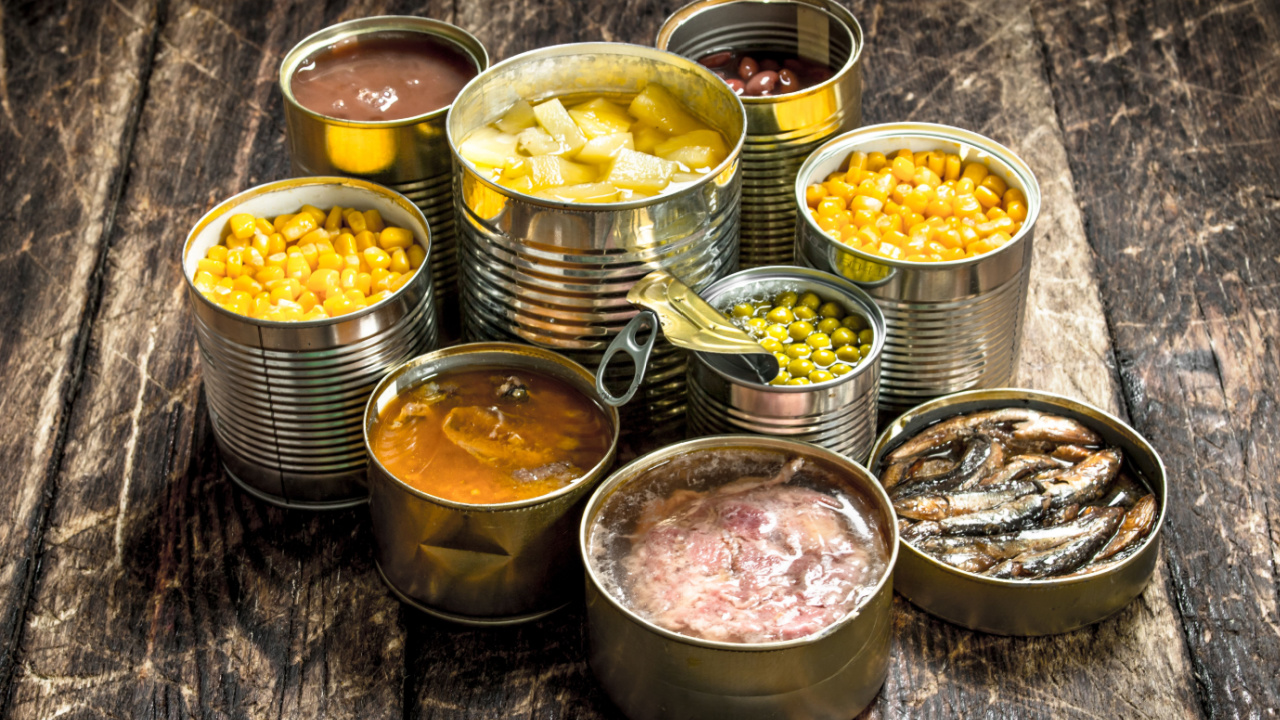
I firmly believe in keeping a well-stocked emergency pantry. While fresh food is ideal, in a survival situation, we may not be that lucky. So, for my family, even though we grow a lot of our own food, canned goods play a crucial role in emergency preparedness. They offer a reliable source of nutrition when access to fresh produce may be limited. The goods you stockpile should be affordable, easy to store, and full of nutrition.
Best Regions in the U.S. to Escape to When Society Collapses
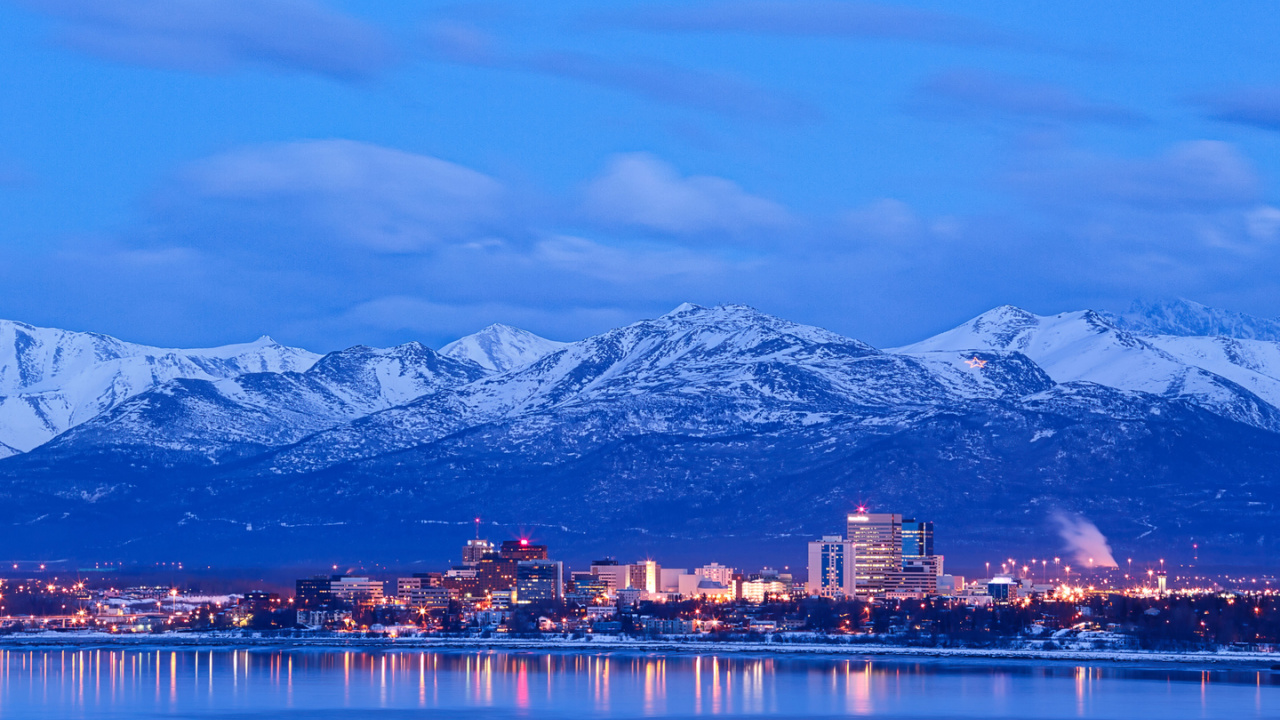
Choosing a refuge in the event of societal collapse involves weighing the pros and cons of each location against your personal preparedness goals and abilities. Whether you’re drawn to the solitude of the desert or the protective heights of the mountains, the key is finding a place that offers safety and the opportunity for growth and renewal.

